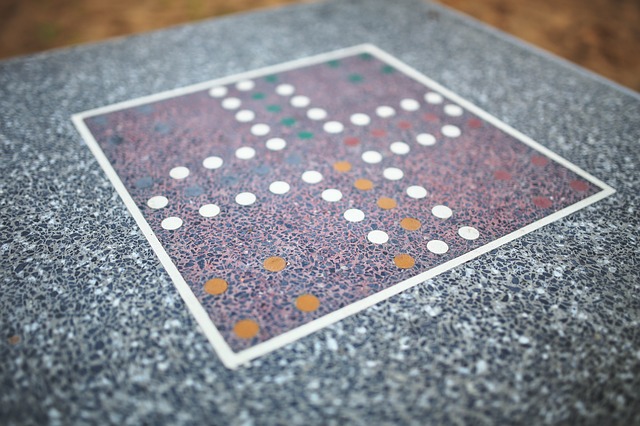 Now you probably all know chess to be the game of kings and one of the oldest board games in human history. Well, I’ve got news for you – many, many years before the Americanised version of it was rolled out and became a favourite for kids and adults alike, a game called Pachisi was known as the game of emperors. It goes back to India, where it was the Royals favourite way to spend their spare time and has concurred the world since. Many articles have been written on the topic as it is indeed very fascinating. Here is my go at it, hope you enjoy it and find it as interesting as I did writing it.
Now you probably all know chess to be the game of kings and one of the oldest board games in human history. Well, I’ve got news for you – many, many years before the Americanised version of it was rolled out and became a favourite for kids and adults alike, a game called Pachisi was known as the game of emperors. It goes back to India, where it was the Royals favourite way to spend their spare time and has concurred the world since. Many articles have been written on the topic as it is indeed very fascinating. Here is my go at it, hope you enjoy it and find it as interesting as I did writing it.
As you can imagine, the precise date of when it all began can not be pinned down. There is a Mayan game that is similar and goes back in 7th century, historian Stewart Culin believes it is dating back to the 4th century based on his findings. Similar games have been found across the globe with different dates attached to them. We know for sure that it was a favourite amongst many Indian royal players.
At present, the game Pachisi is still considered the national game of India. The board is designed as a cross and the name of the game means “25” (“pachis” in Hindi). It has three rows of eight squares along each arm leading to a large central square. It is a race game if we have to put it simply. The rules a rather simple – all players move their pieces around the board, aiming to get all of them “home” (the central square) before the others. In the traditional game, there are four players divided in two teams. In the modern version each player is on their own. I personally prefer the traditional old-style way as it makes it more difficult and requires more strategic thinking and planning to play in a team.
Another difference is that in the American version that’s been made popular now, you play with dice and the Indian players were using shells back in the days. Six shells were thrown and the movement was a sum of the shells that land with their open side up. Quite clever, right! Ivory, bones and wood were also used in different variations and colours for the playing pieces for each player.
In the early 60s a British company called Jaques and Son produced the first known English version of the game, calling it Patchesi, printing the cross form onto a board. Nowadays, you probably know it as Ludo – this is a much simplified kids game. In the 70s it spread Germany in the 80s and Switzerland around the same time. It is still quite popular there at present. In the States, Parcheesi (which is how they called it there) it is now one of the oldest trademarked names and is officially America’s longest-selling board game, a favourite of many children and adults over generations.
Petits Chevaux – “Little Horses” is how it got called in France around 1900, where it also gained much deserved popularity.
So there, as you can see, it seems like games are something that is not just a pleasant time spent – they can be traced through centuries and millennia, joining the dots between generations and proving we are all united in our desire to be joyful and careless (well…and win of course, but that’s another topic).
